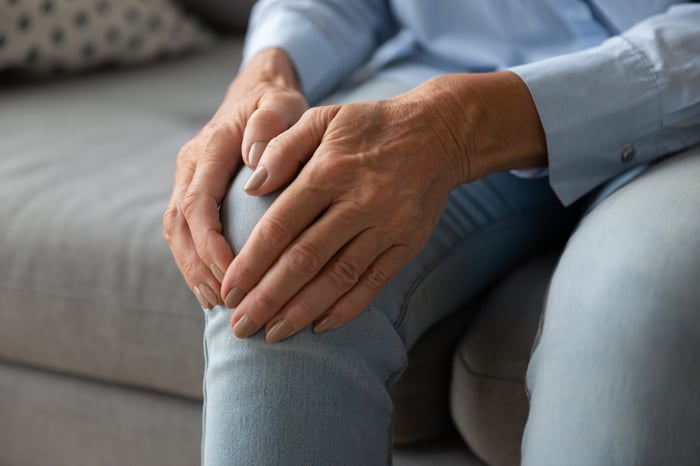What is Phlebitis?

I see patients often that are concerned with or have questions pertaining to phlebitis. In order to explain this condition in further detail, I have outlined below more of a deep dive into what this condition is and some next steps you can take if you have or suspect you have phlebitis.
What is Phlebitis?
Medically speaking, phlebitis is the inflammation of a vein and is actually fairly common. In an area of phlebitis, the skin can feel as if there are knots or lumps underneath the skin surface. Phlebitis can occur in superficial veins (close to the skin surface) or larger, deep veins (in the central portion of the leg). Phlebitis affecting the superficial veins is less concerning than phlebitis affecting the deep veins. Phlebitis affecting superficial veins often heal and resolve over time, on their own. Watch the video below as I go into more detail about what phlebitis is exactly, and common causes of this condition:
What Are The Main Causes of Phlebitis?
There can be multiple different reasons one might suffer from phlebitis.
1. Irritation from an IV while in the Hospital. (Common)
This is not a dangerous condition but is actually fairly common. The IV can cause the vein to get irritated and close down. When it closes down, it develops inflammation.
2. Travel/Inactivity (Common)
These occurrences are spontaneous and are usually related to sitting for long periods of time while traveling. This is the most common and is not usually associated with any other serious medical condition.
3. Trauma (Common)
Occurrences due to phlebitis may result from an unexpected injury in the leg and the underlying leg vein.
4. Blood Clot Disorder (Uncommon)
Sometimes, the presence of an underlying clotting abnormality is phlebitis in a vein under the skin.
5. Cancer (Rare)
In some cases, although rare, phlebitis can occur due to a series of underlying medical conditions. For instance, cancer patients can see phlebitis occur in their arms or legs. These cases usually heal after a couple of weeks, and then occur again in another location. The medical term for this is migratory thrombophlebitis. If this is happening to you, seek immediate medical attention so that your health care provider can look into the issue further.
What Are Some Symptoms of Phlebitis?
If you are concerned with whether or not you or someone you know has phlebitis, it is important to be aware of some of the common signs and symptoms of the condition. Some of these that I see in my patients frequently include the classic signs of inflammation:- Visible red “streaking” on your arm or leg
- Swelling
- Warmth
- Tenderness
- Pain - It hurts bad enough that you don't want to walk
Like we stated earlier, phlebitis is defined as inflammation of the vein. And with this, the inflammation is caused by a blot clot within the vein. And when these blood clots are in a deep vein, it is called deep vein thrombosis (DVT) which is also a type of phlebitis. Cases of phlebitis that are found in more superficial veins often heal in individuals without any serious lasting effects. However, a DVT can be life-threatening and requires immediate medical attention.
Symptoms of phlebitis affecting the deep veins include aching pain, throbbing, leg heaviness, and leg swelling. Sometimes DVT can occur without significant pain, and leg/ankle swelling may be the only sign of a deep vein blood clot, which is why it is so important to not be shy when it comes to seeking medical attention. If you are worried you are having a DVT, we recommend you specifically say to your provider "I am worried I have a DVT. Do you recommend an ultrasound?"


